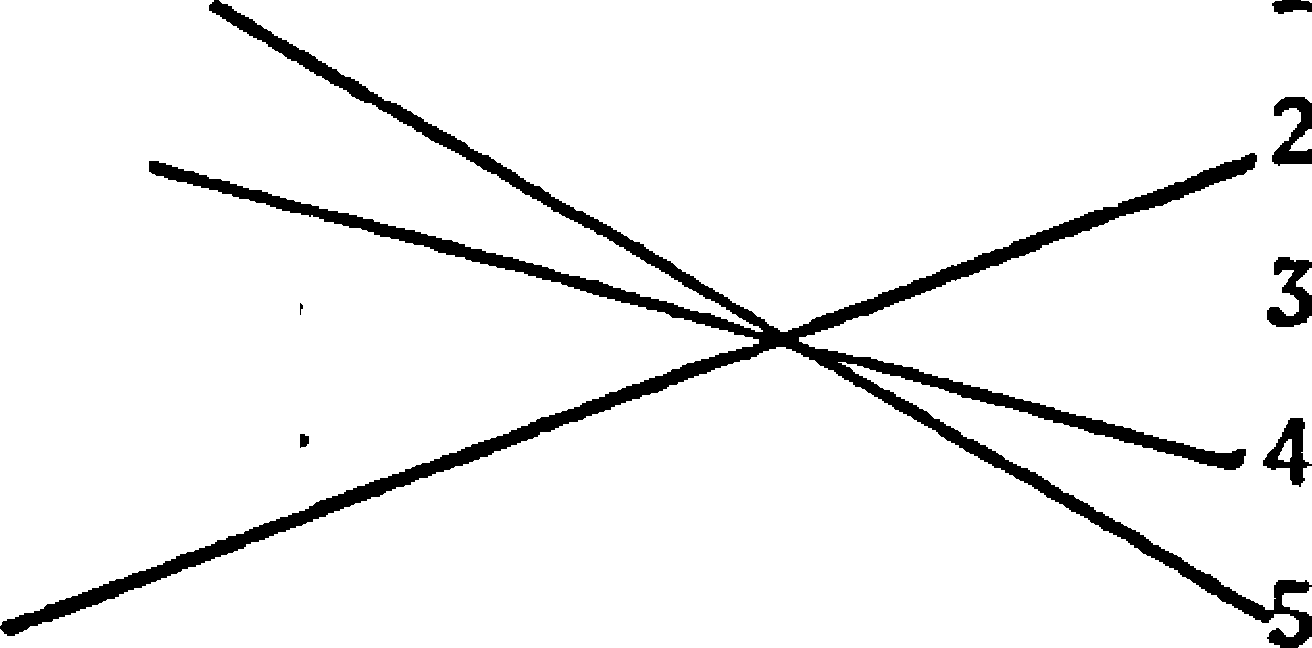347
The typifications of the Aboriginal self and family had great
coherence. The Aboriginal self was seen positively by the majority
of the group on all items. There were no negative stereotypes.
Of the seventeen items possible, all can be regarded as positive
stereotypes (Table 14). Fifteen of these items had agreement of
more than 60 per cent, eleven of these had agreement of more than
70 per cent.
While the conclusions drawn must be related only to those groups
in the study who were visible, and whom it was possible to identify overtly as
Aborigines, nevertheless it-may be asserted that
The negative stereotype of Aborigines, held by mainstream
society and institutionalised for Aborigines in general, is NOT
internalised for the Aboriginal self in those situations where
Aborigines are.visible and it is acceptable to identify and be
identified as Aboriginal.
20.82 (iii) Comparison of Aboriginal view of self and Aboriginal
view of Aborigines in general
Despite the fact that the positive- view of the Aboriginal self
was supported on each item, and despite the fact that a predominantly
negative view of Aborigines in general was supported, there was some
overlap when examining those traits thought to be most characteristic
of Aborigines and the Aboriginal self. `
TABLE 15
Characteristics which best describe Aboriginal self
compared with characteristics which best describe
Aborigines in general
Aboriginal self
Aborigines in general
1.
2.
3.
4.
5.
good parents
trustworthy
good providers

drink too much
friendly
quick tempered∕aggressive
trustworthy `
good parents
friendly

More intriguing information
1. On Evolution of God-Seeking Mind2. Stillbirth in a Tertiary Care Referral Hospital in North Bengal - A Review of Causes, Risk Factors and Prevention Strategies
3. Three Strikes and You.re Out: Reply to Cooper and Willis
4. Influence of Mucilage Viscosity On The Globule Structure And Stability Of Certain Starch Emulsions
5. Spatial agglomeration and business groups: new evidence from Italian industrial districts
6. Voluntary Teaming and Effort
7. EMU's Decentralized System of Fiscal Policy
8. ‘I’m so much more myself now, coming back to work’ - working class mothers, paid work and childcare.
9. Comparative study of hatching rates of African catfish (Clarias gariepinus Burchell 1822) eggs on different substrates
10. The name is absent